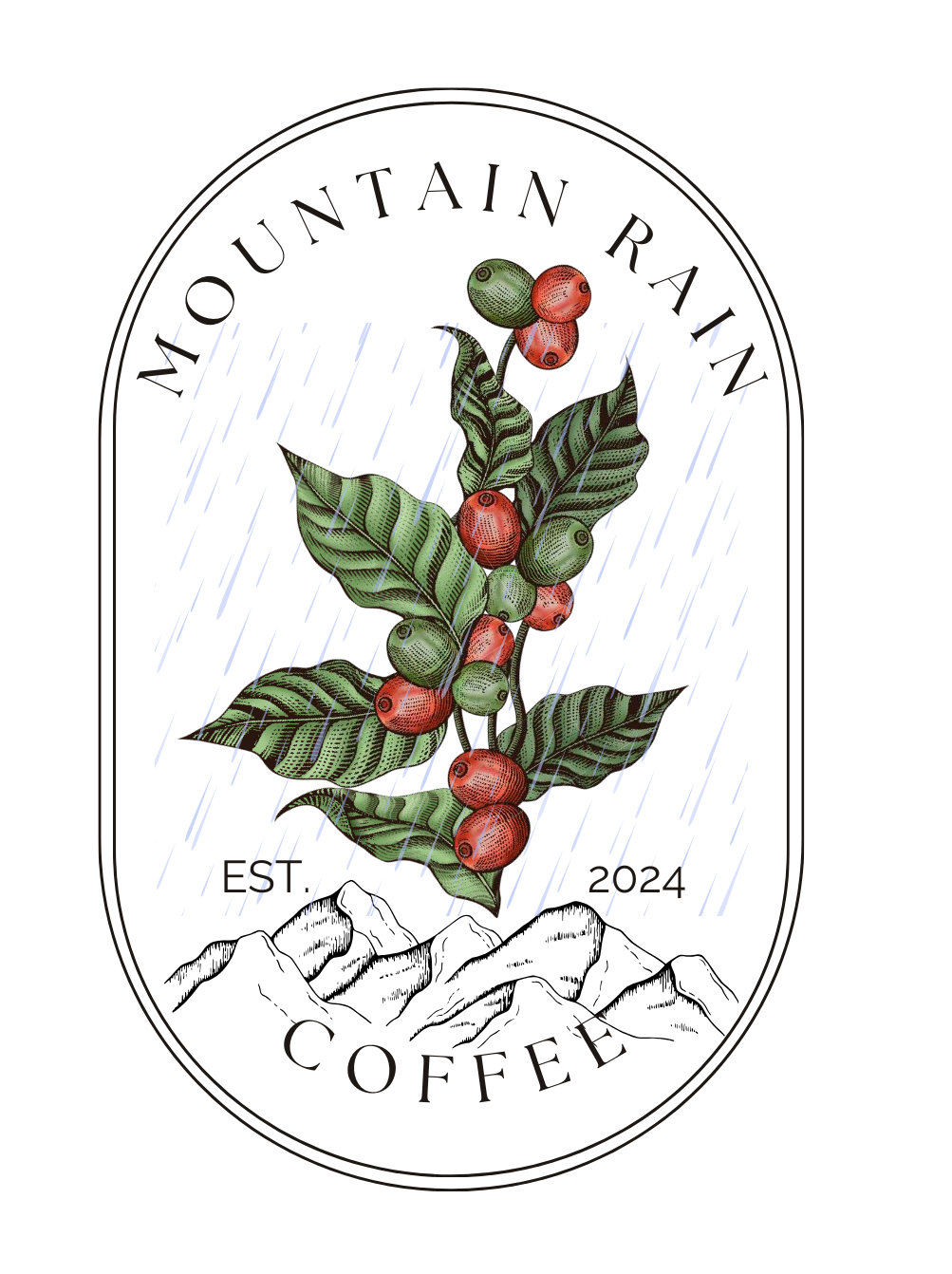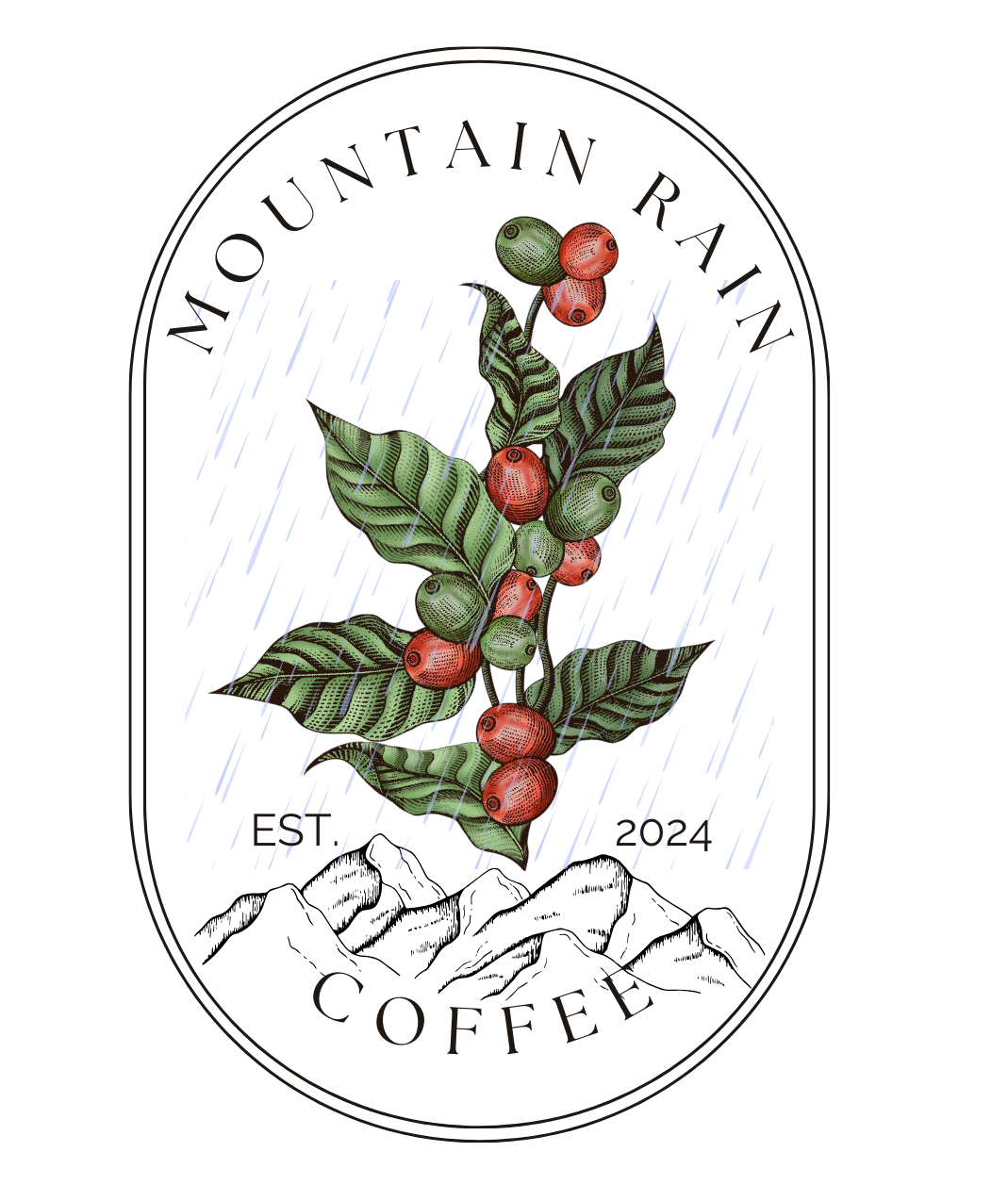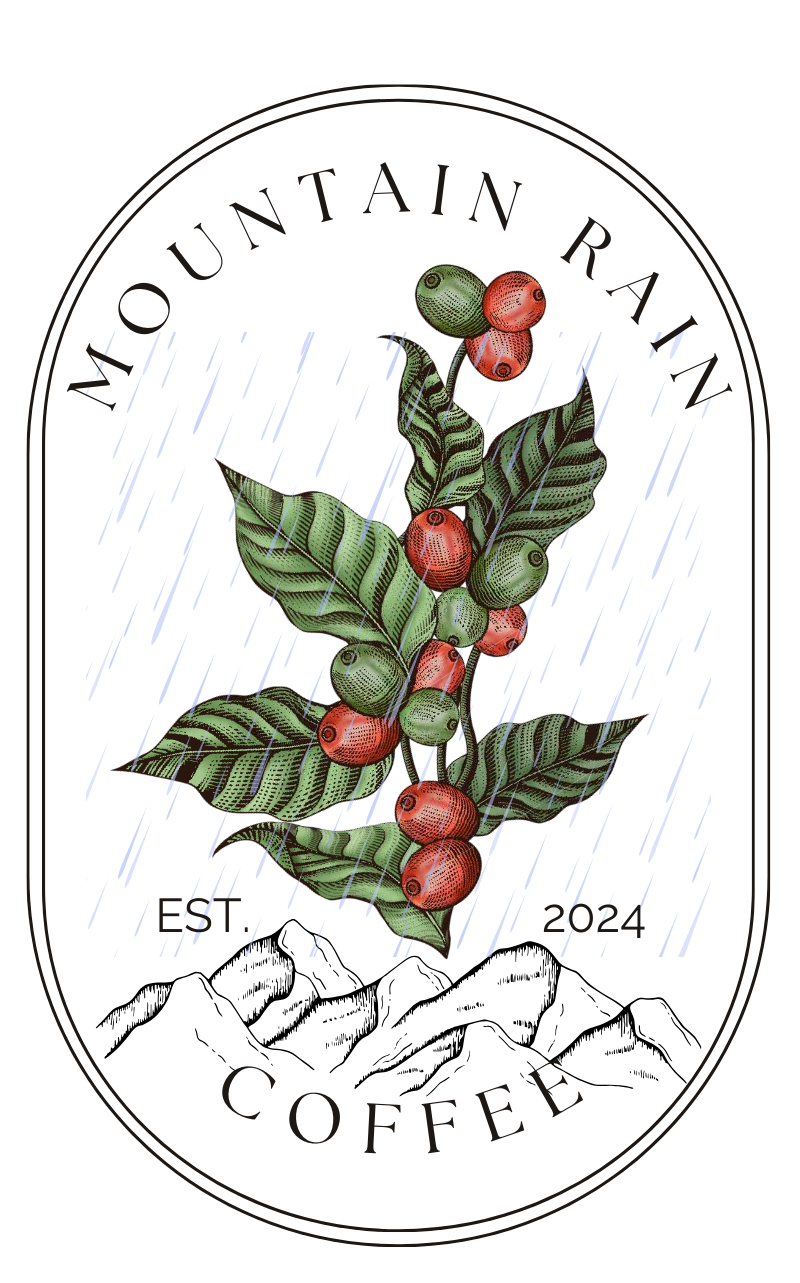Understanding Coffee Roasting: Techniques and Flavors
In the intricate dance of coffee roasting, science and art converge in a spectacle of heat and timing, producing a symphony of aromas and flavors that entice the senses. This blog explores the sophisticated world of coffee roasting, unraveling the technical precision and artistic nuance that transform humble green beans into the rich, aromatic coffee that fuels our days and ignites our creativity.
The Science of Heat and Time
At its core, coffee roasting is a meticulous scientific process where chemistry plays a starring role. When green coffee beans are exposed to heat, they undergo a fascinating metamorphosis. This transformation is marked by several key chemical reactions, most notably the Maillard reaction—the same reaction that browns your steak or toasts your bread. During roasting, sugars and amino acids within the bean react to create complex flavor compounds and the characteristic brown color of roasted coffee.
The development of these flavors is critically dependent on the precise application of heat. Roastmasters manipulate temperature and time to coax out desired flavors, balancing between underdevelopment and the risk of burning. Light roasts may highlight acidic, floral notes, suitable for beans from high altitudes in Ethiopia or Colombia. Darker roasts favor bitterness, offering chocolatey and nutty undertones, often preferred in robust beans from Sumatra.
The Art of Flavor Profile
The artistic side of coffee roasting is less quantifiable but equally vital. It involves a deep sensory understanding—visual, olfactory, and auditory cues that guide the roaster. The color of the beans, the sound of the 'first crack,' and the evolving scent in the roastery are all critical indicators. The first crack is a key moment in roasting, signaling that the beans have expanded and water within them has started to vaporize.
Each batch of beans can behave differently, and no single approach fits all. The roaster’s challenge is to highlight the unique characteristics of each origin. Artisan roasters often experiment with batch size, airflow, and drum speed to achieve a specific sensory profile. This creative experimentation is what makes artisanal roasting so special—an alchemy of intuition, experience, and skill.
Cultural and Aesthetic Dimensions
Coffee roasting is steeped in culture and history, tracing back centuries across ancient trade routes. Today, it represents a global tapestry of techniques influenced by local traditions and modern innovations. For instance, the light roasts of Nordic countries emphasize the bean's intrinsic qualities, often floral and fruity, reflecting a broader cultural appreciation for natural flavors. Conversely, Southern European roasts are typically darker, complementing the region’s preference for stronger, bolder espresso flavors.
In many ways, coffee roasting is also a form of live performance art. The aesthetic qualities of coffee—its color, aroma, and texture—play a significant role in how we experience our daily rituals. These sensory qualities can elevate a humble cup of coffee to a luxurious, contemplative experience, much like a fine wine.
The Confluence of Technology and Tradition
Advancements in roasting technology have refined the process, allowing for unprecedented precision and consistency. State-of-the-art roasters are equipped with software that can control and replicate exact roast profiles. Yet, despite these technological aids, the best roasters know that there is no substitute for the human touch—a master roaster’s instincts developed over years of practice are irreplaceable.
Coffee roasting remains an enchanting blend of science and art, deeply rooted in both tradition and innovation. It requires a sophisticated understanding of chemical processes, a refined artistic sense, and a deep appreciation of cultural nuances. Whether you’re a casual coffee drinker or a connoisseur, understanding the complexities of coffee roasting can deepen your appreciation for this extraordinary beverage and the culture surrounding it. Next time you sip your preferred brew, remember that each cup is a testament to the science of chemistry, the art of sensory experience, and the rich tapestry of coffee culture.
Share Post





